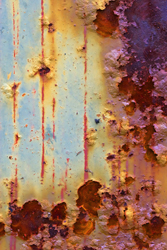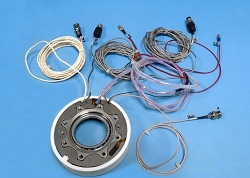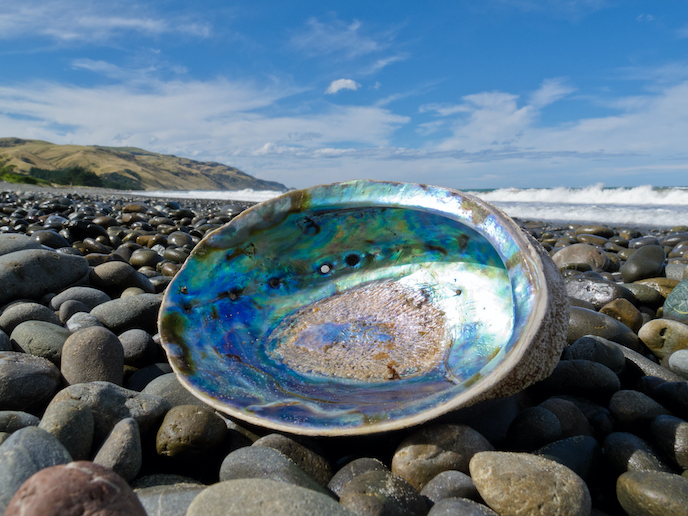Surface protection enhances nano-applications
Porous anodic oxides are attracting increasing attention for use in photonic crystals, sensors and solar cells. They are also important for optimising the function of metal surfaces. Applications include aluminium in aerospace, electronics and packaging, and any areas where energy reduction and the environmental compliance of processes are critical considerations. The 'Nano-porous anodic oxides for functionalisation of metal surfaces' (Nanoxid) project studies the mechanisms involved in the formation of nano-porous anodic oxides. Researchers are taking part in a collaborative activity bringing together the host organisation, the University of Manchester, and the Institut des NanoSciences de Paris. Experimental work aims to uncover how oxide dissolution and oxide flow contribute to the generation and ordering of pores. Long-range pore order is currently achieved empirically. The key features of this project include experiments using 18O as a tracer species to study the transport of oxygen while growing oxide films. Another is the use of multi-spectrum analysis to help with quantifying nuclear data. To date, findings reveal a major redistribution of the 18O as the porous film evolves, which correlates with the evolution of the porous structure. Overall, the project's findings will contribute greatly to understanding porous oxide growth by anodising. In turn, this will benefit the future development of improved porous oxides for a range of applications currently being researched. Also, work done by Nanoxid will support the use of the oxide in other areas where more economic and environmentally friendly processes are required, including enhanced film performance.







